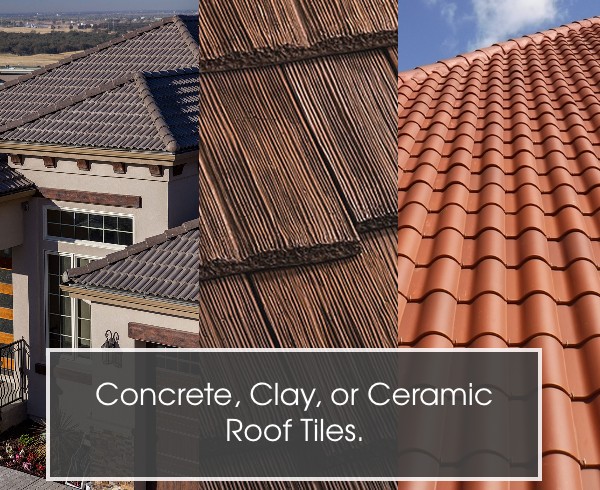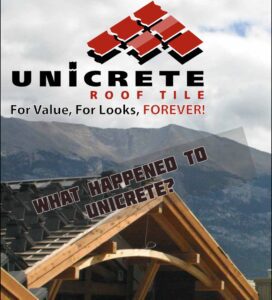When it comes to roofing materials, homeowners have a range of options to choose from. Three popular choices are composite roof tiles, concrete roof tiles, and clay roof tiles. Each of these materials has distinct characteristics and advantages.
Concrete Roof Tiles
Concrete roof tiles also known as Cement roof tiles are manufactured from a blend of Portland cement, sand, and water. They are known for their strength and durability, able to withstand harsh weather conditions and the test of time. Concrete tiles are available in a variety of styles, shapes, and colors, offering homeowners flexibility in design choices. Though heavier than other options, concrete tiles are relatively easy to install. They are also fire-resistant and provide good insulation. Maintenance requirements for concrete tiles are minimal, typically limited to occasional cleaning.
Clay Roof Tiles
Clay roof tiles or ceramic roof tiles are made from natural clay and have a timeless and distinctive appearance. They are best known for their unique terracotta color and textured finish. Clay tiles are renowned for their durability, as they can last 100 years or more. They are fireproof, resistant to insects and rot, and have excellent thermal insulation properties. The natural composition of clay tiles makes them environmentally friendly and recyclable. However, their weight can be a factor in installation, requiring appropriate structural support.
Composite Roof Tiles
Composite roof tiles are a synthetic option made of a mixture of materials such as recycled plastics, rubber, and resin. They are designed to mimic the appearance of various roofing materials, such as slate, wood, or clay. Composite tiles offer a lightweight and durable solution that is resistant to weathering, insects, and rot. They are low-maintenance, easily installed, and provide good insulation. Composite tiles are often made from recycled materials, making them an environmentally-friendly option. The downside to these materials is the unknown of just how long they will last. Some composite materials have suffered from color loss, curling, and failure in as little as five years. Be sure to look past the offered warranty and ask to see roofs in your area that show the material lasts.
Cost Comparison.
In terms of cost, composite roof tiles are generally the least expensive option, followed closely by concrete roof tiles. Clay roof tiles are often the most expensive due to their premium and long-lasting qualities. The best bang for your buck continues to be Concrete Roof Tiles which offer the widest range of features, profiles, and color options for the price per SQFT.
Conclusion.
Ultimately, the choice of roofing material depends on factors such as budget, desired aesthetics, durability, and environmental considerations. Composite roof tiles offer versatility and affordability, while concrete tiles provide strength and reliability. For those seeking a traditional and elegant look, clay roof tiles stand the test of time with their unique beauty and longevity. Consulting with our roofing professionals can help homeowners determine the best choice based on their specific needs and preferences. Contact us today either through the website www.TileRoofsCanada.com or call us directly at 888-817-7668.





